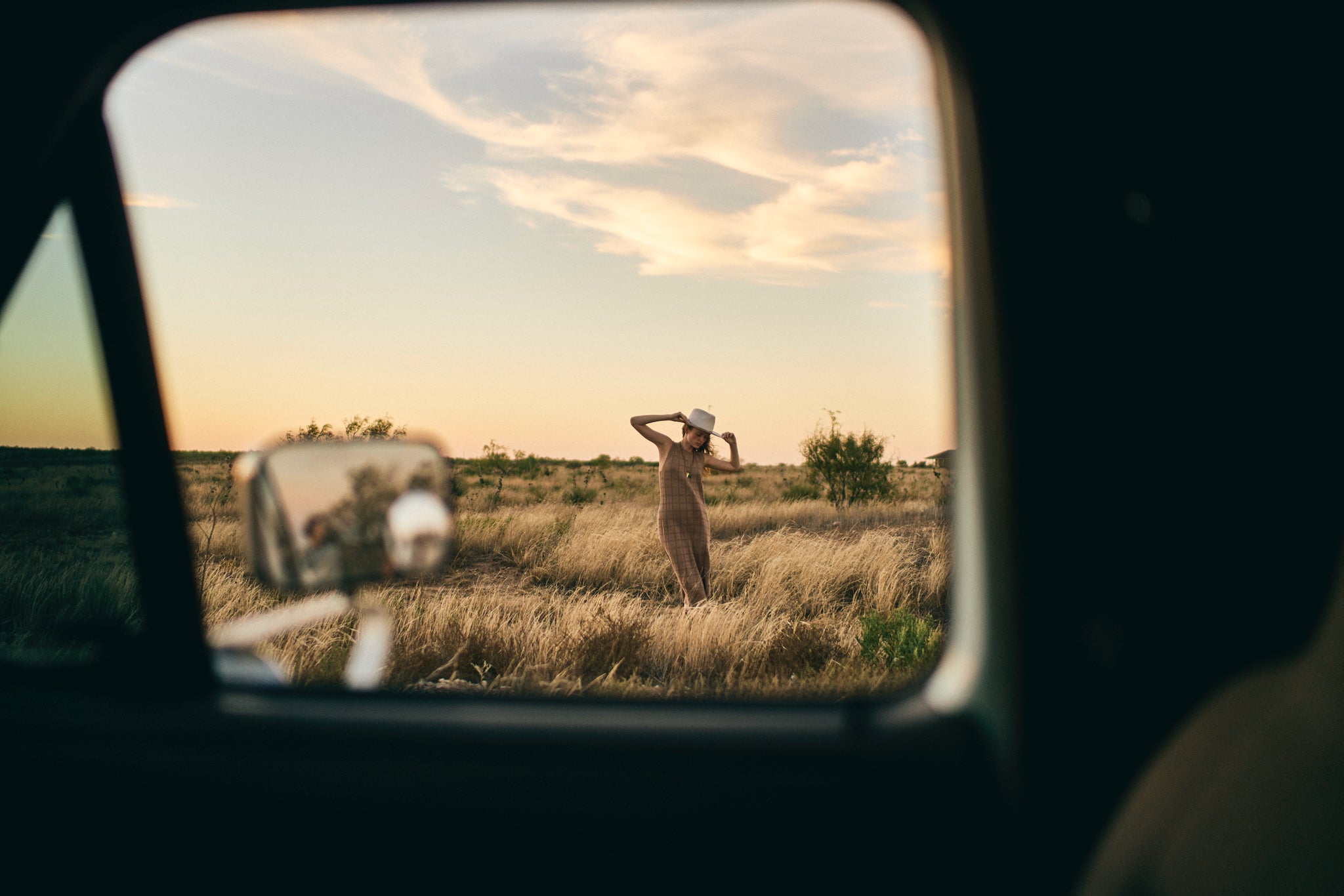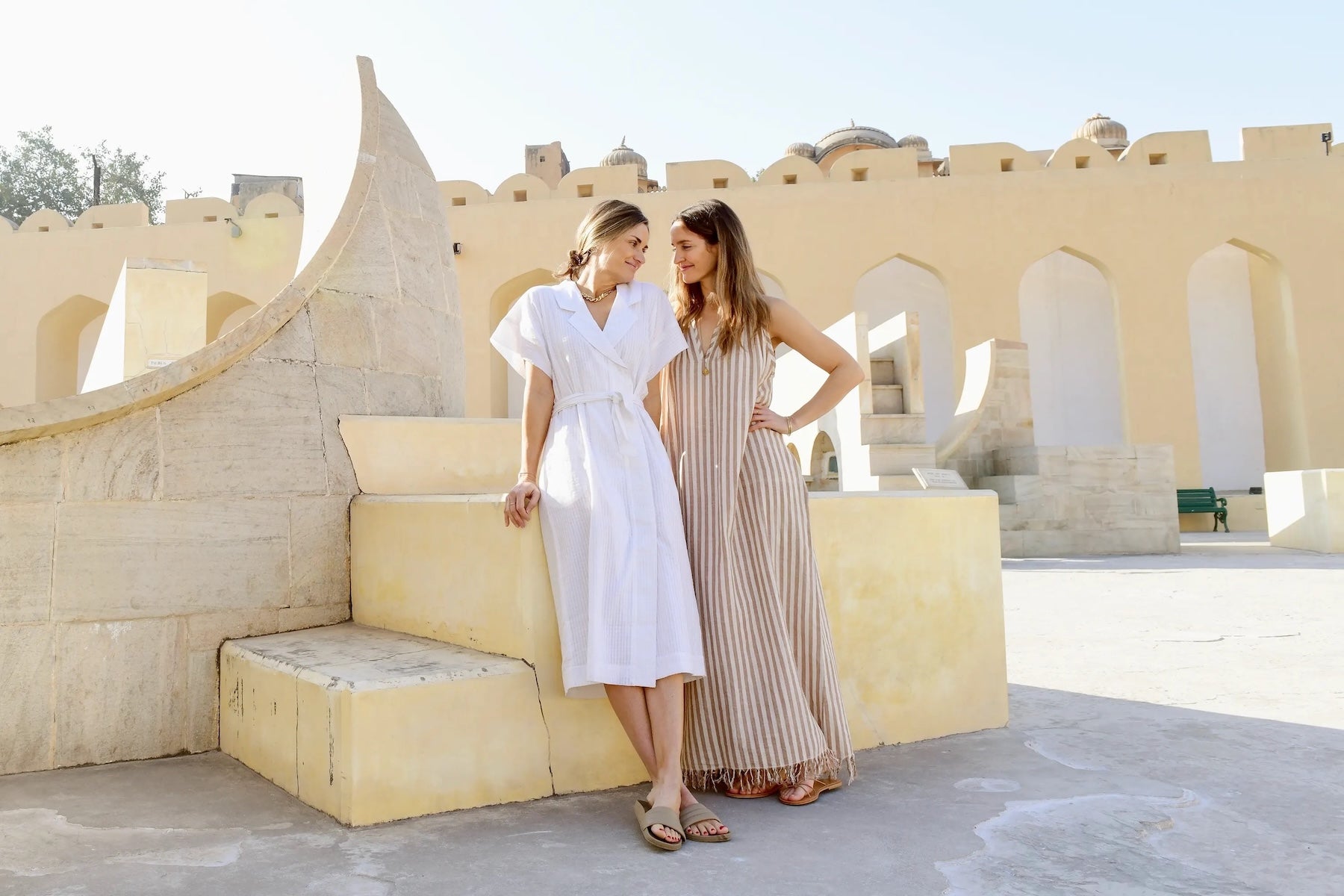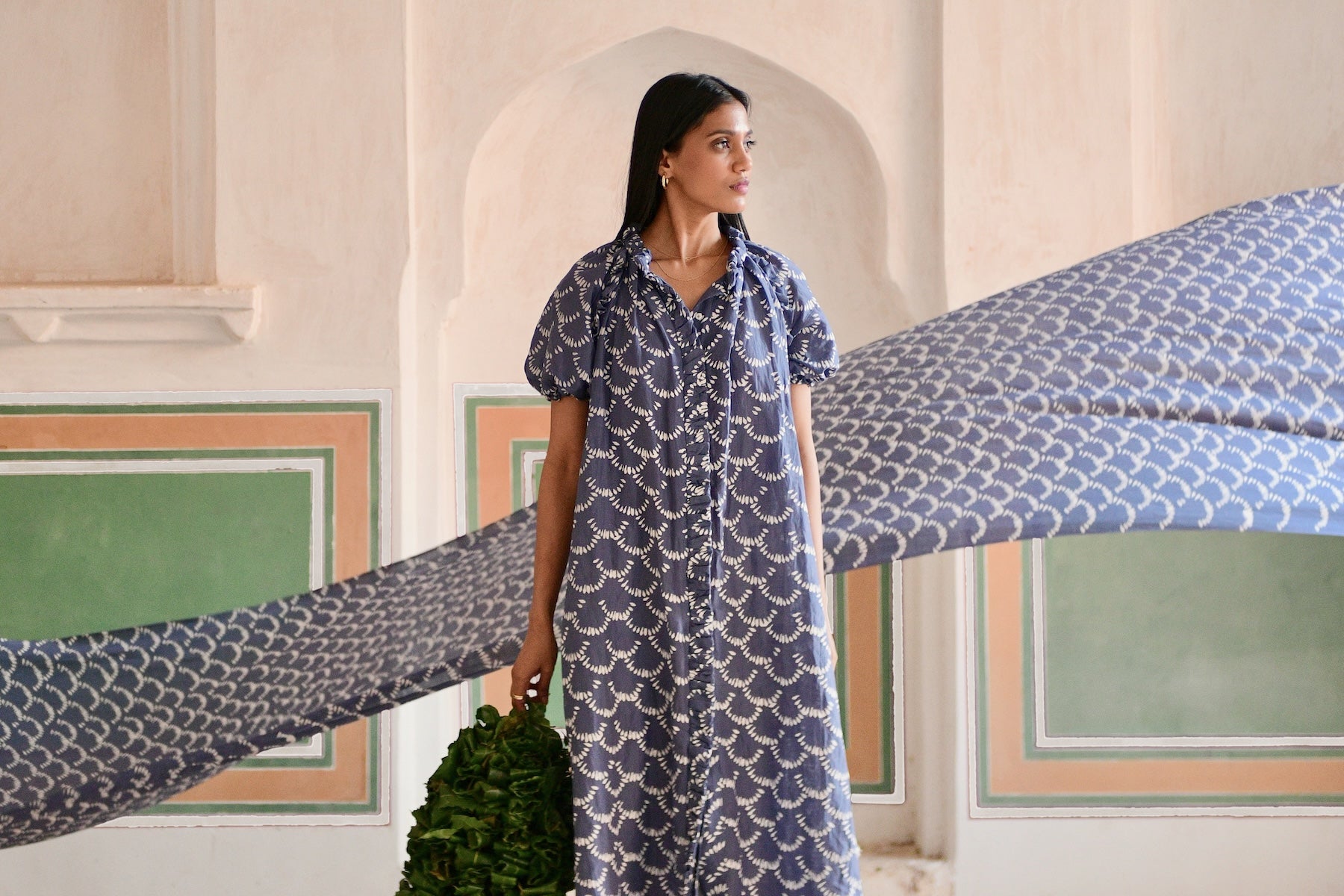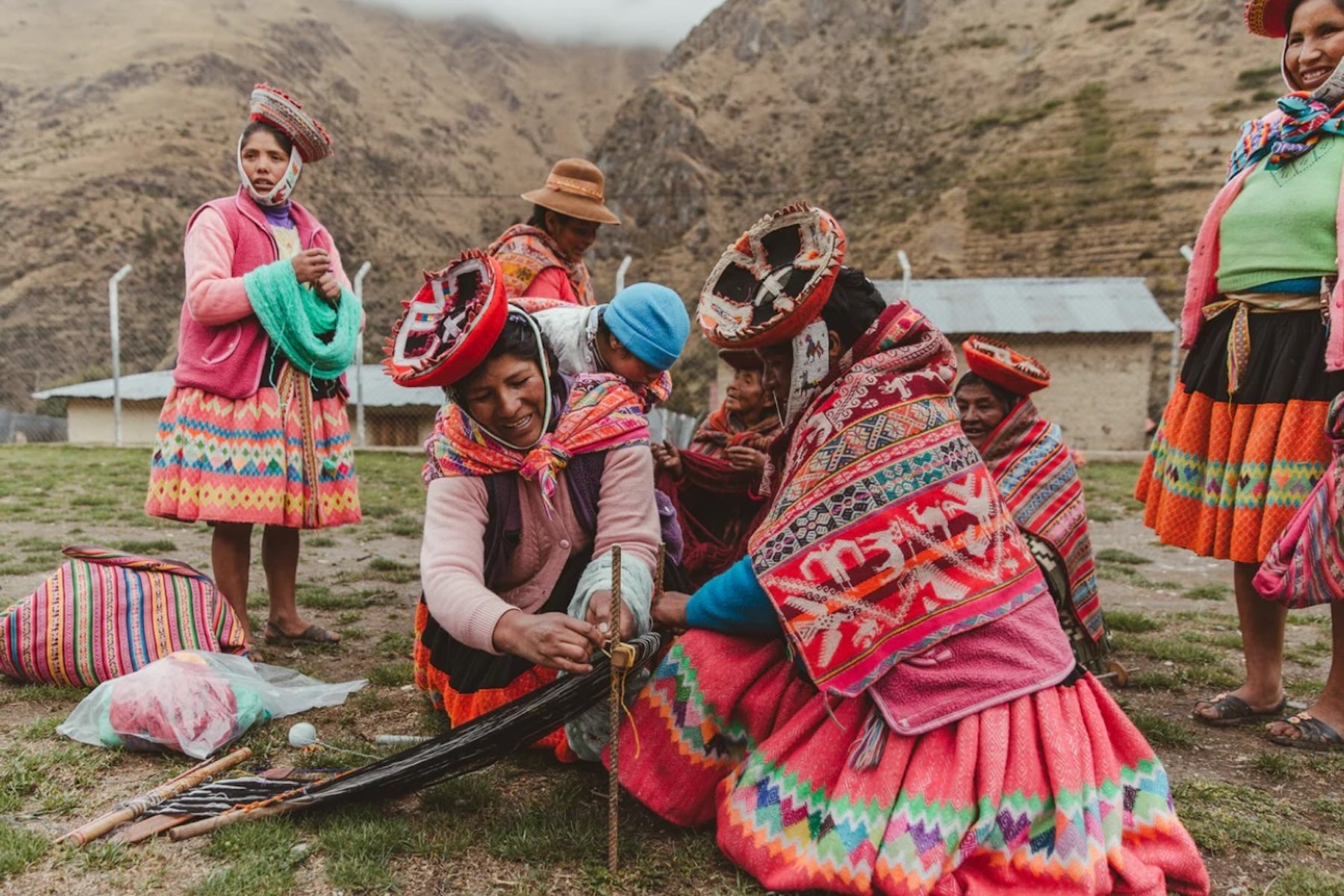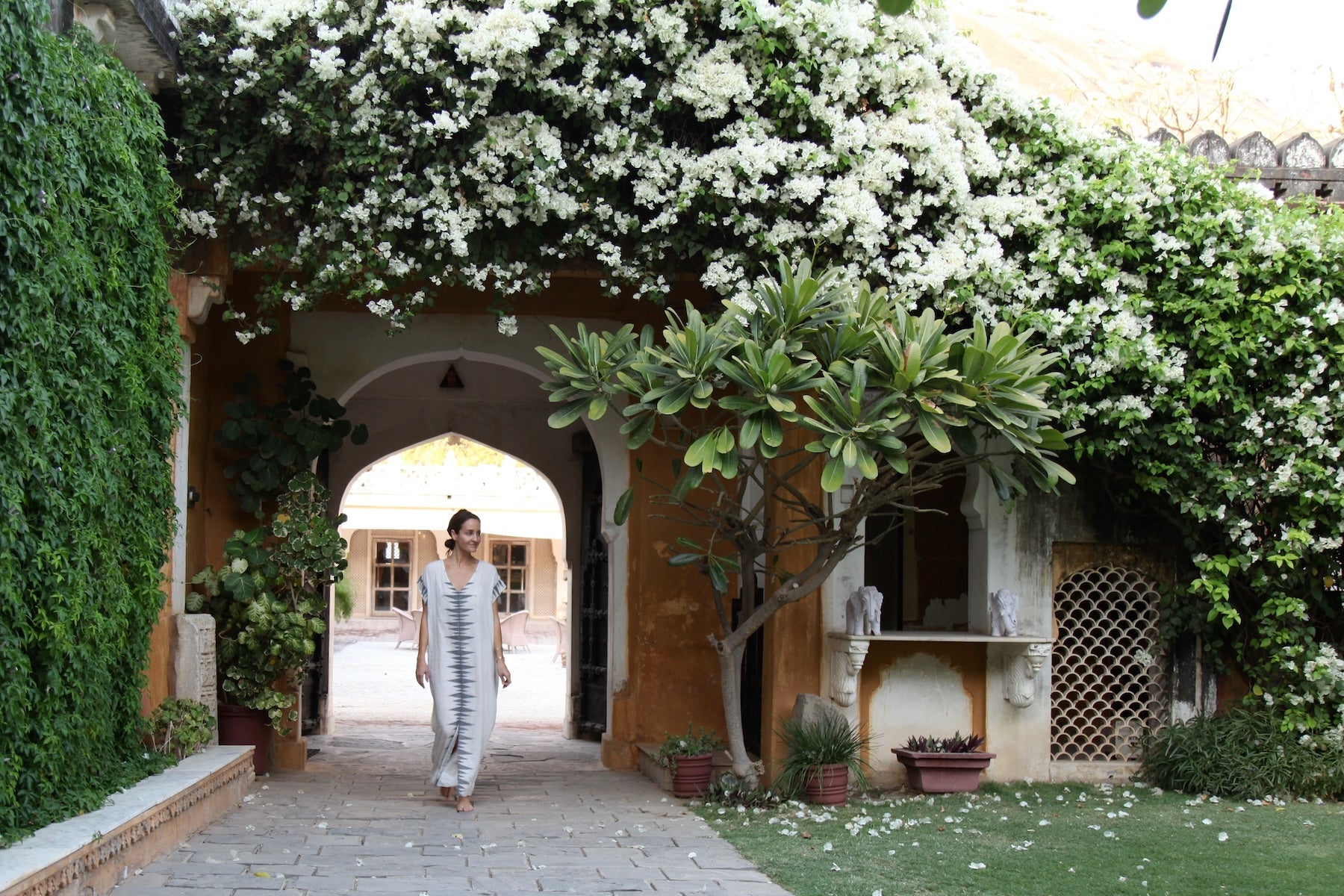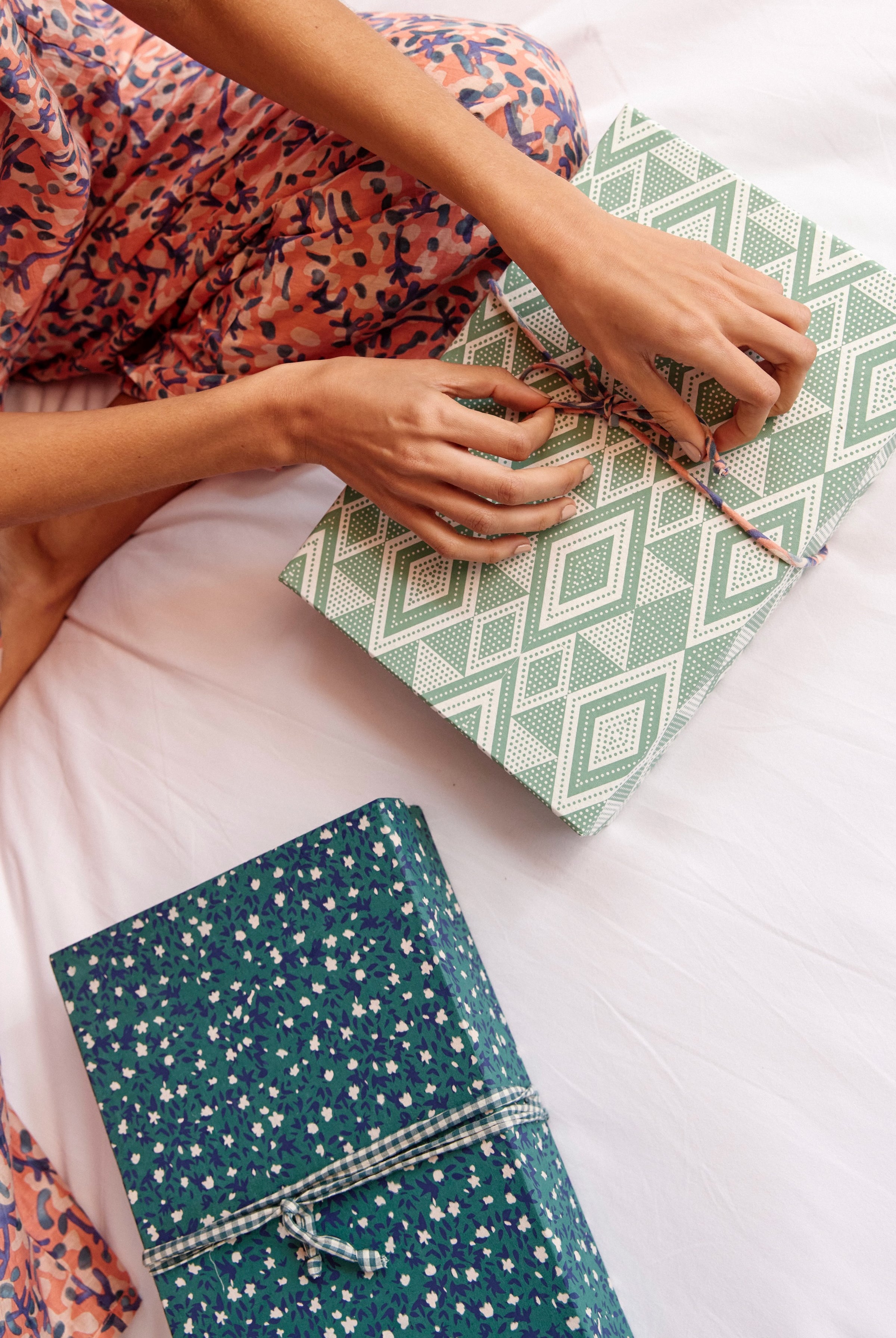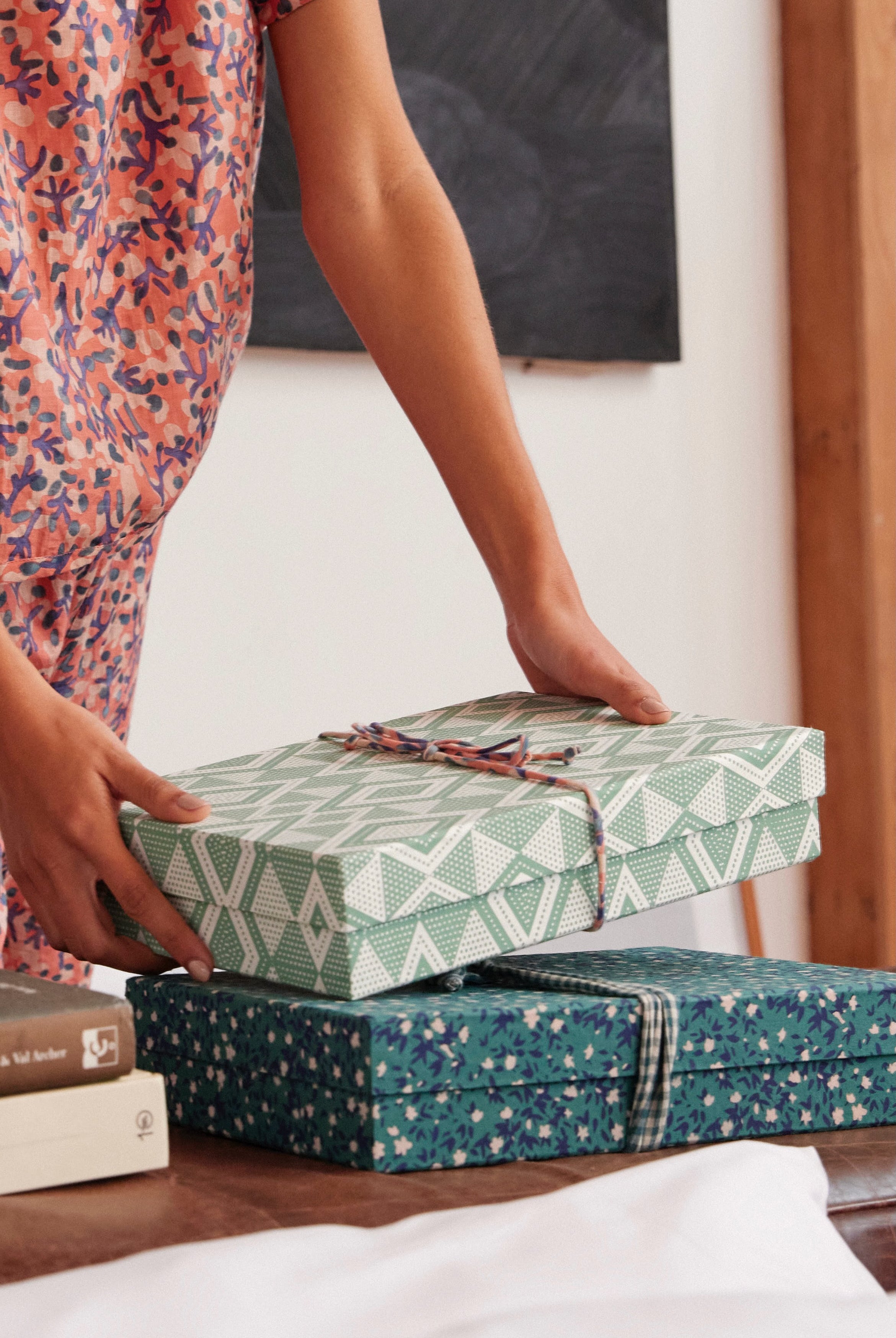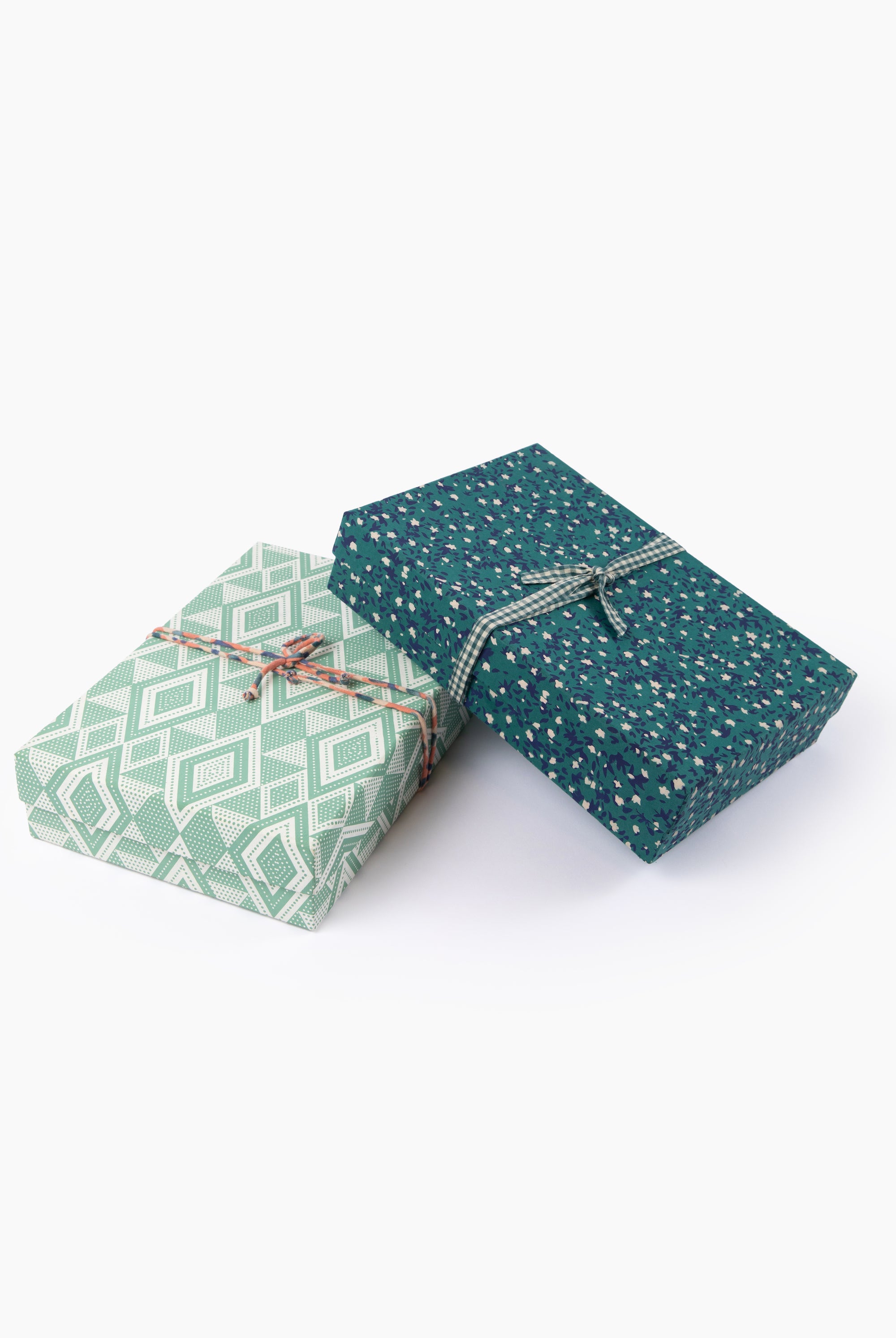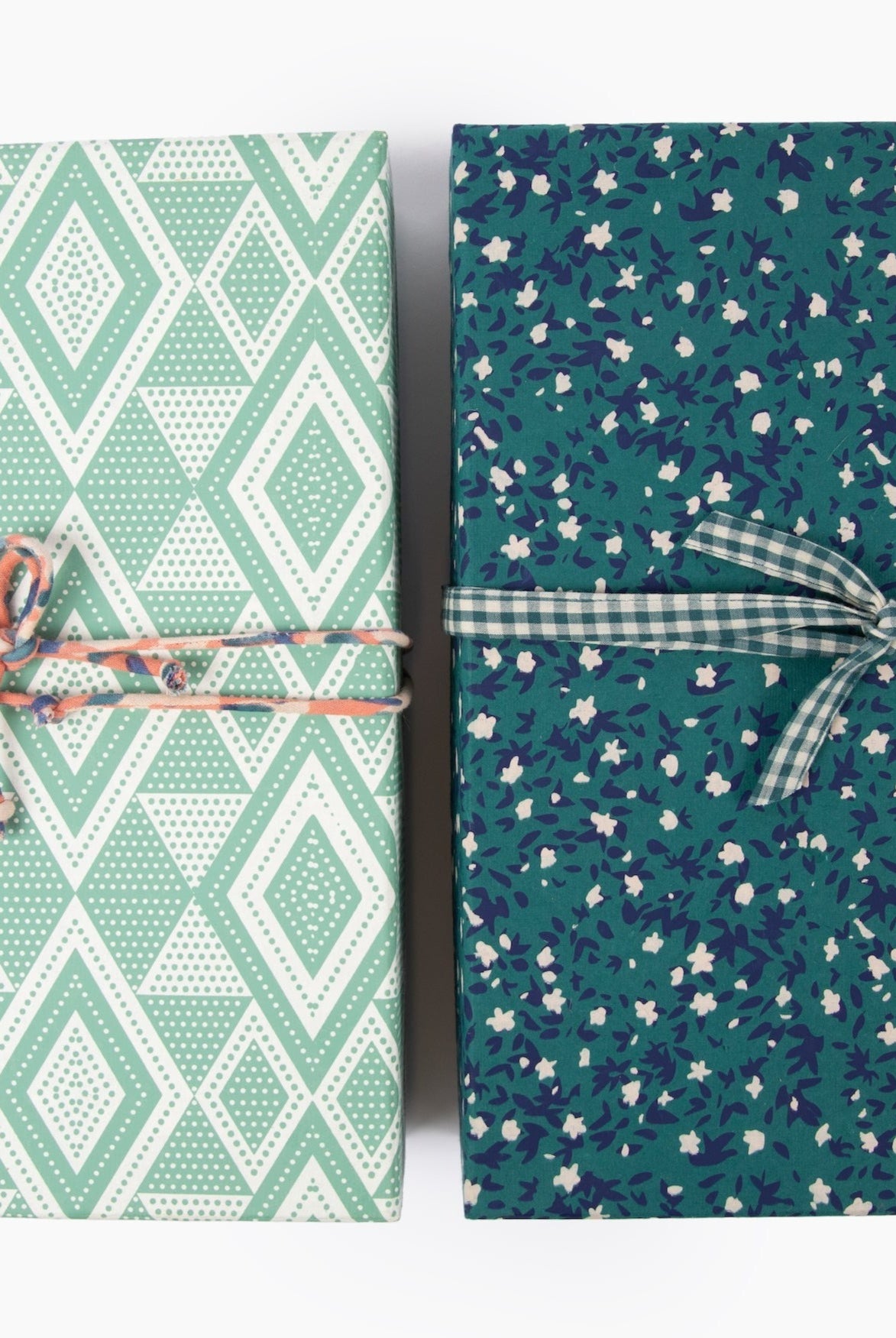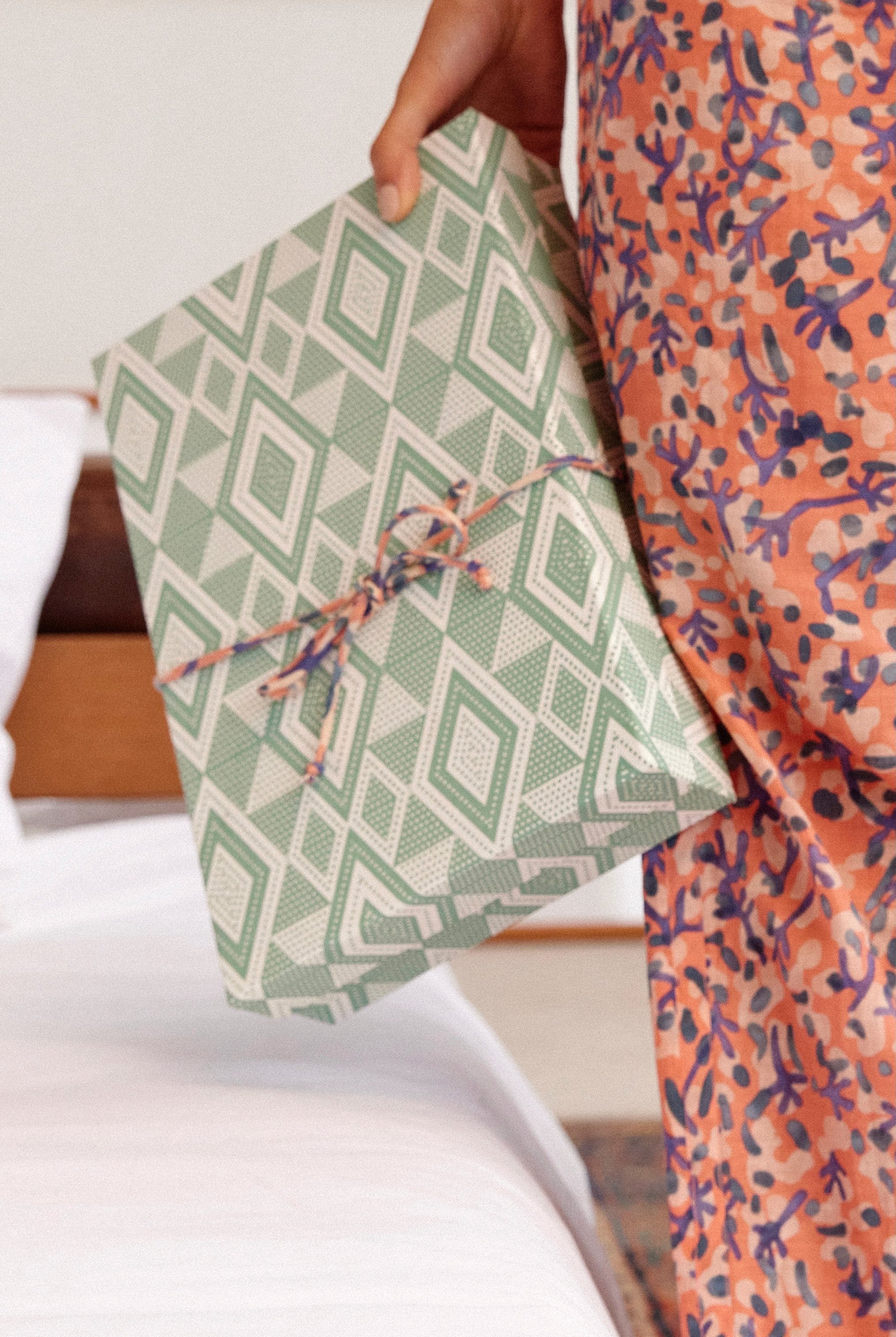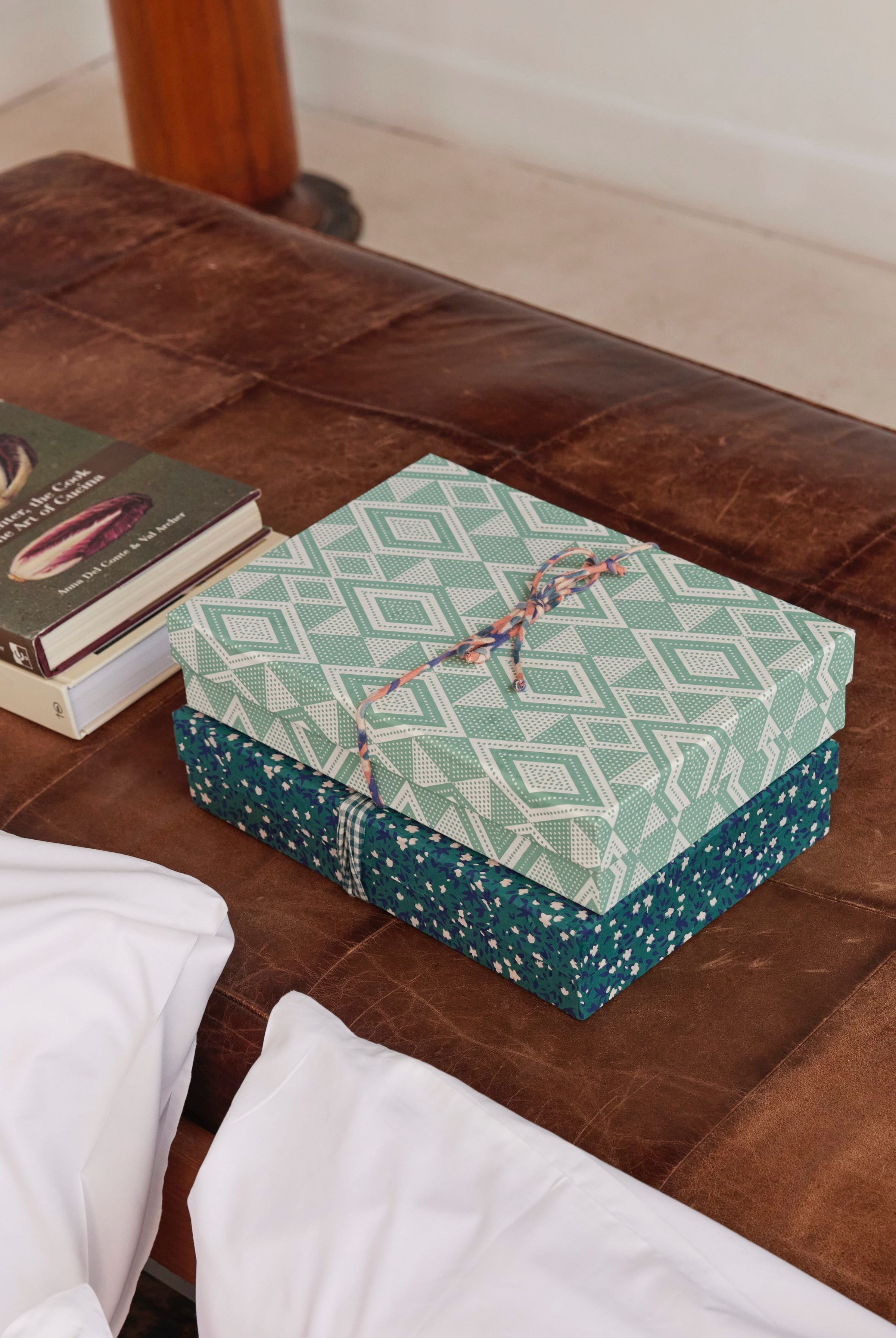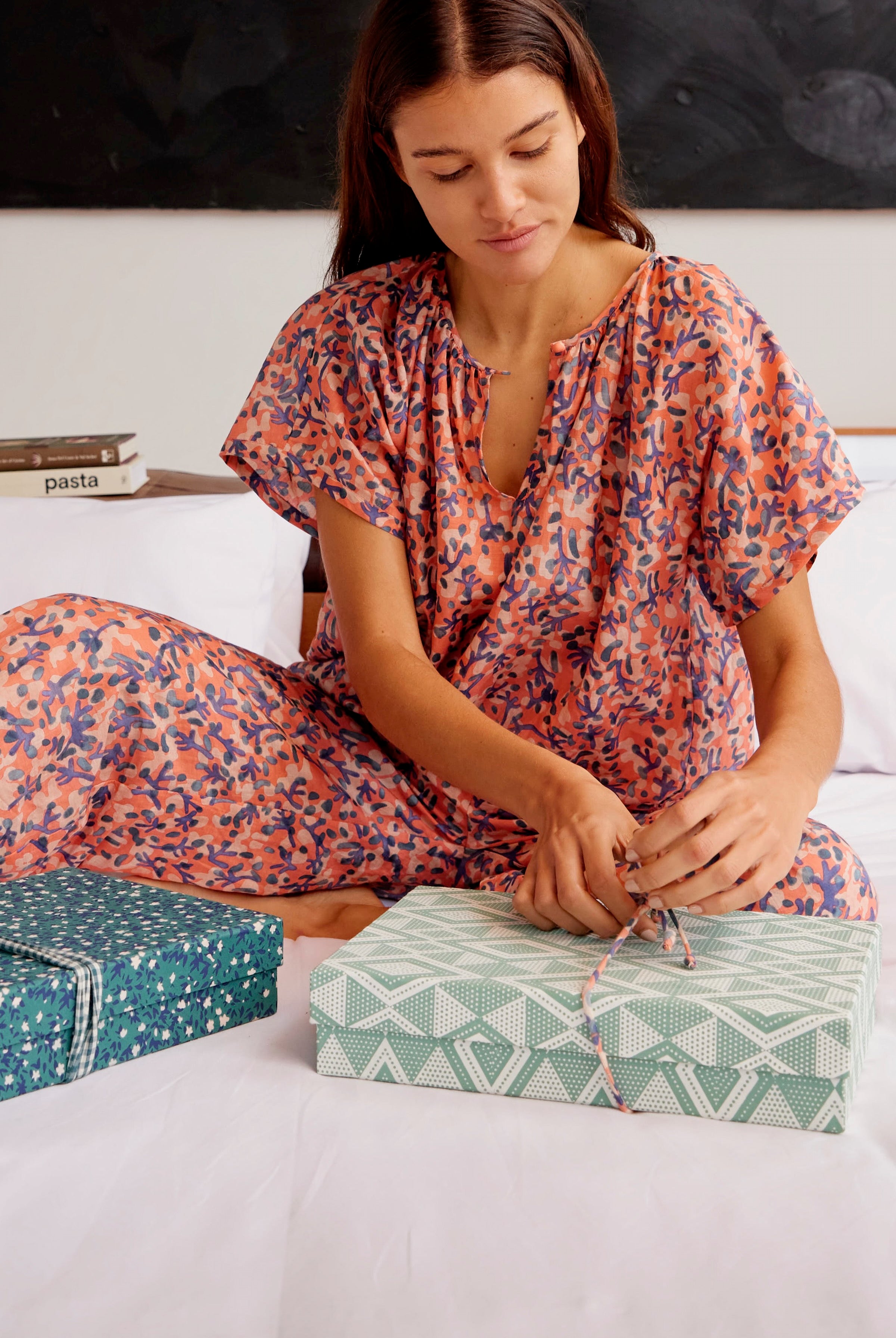When I would mention that I was going to Bhutan this summer, most people replied back with a bit of a blank look, or a “I should know where/what that is but I don’t think I do” processing face. Which is fair! I even had to study a map after booking the trip to identify this tiny country nestled below Tibet and hugged on 3 sides by India. It is known as the happiest country on earth, measured by the GNH (Gross National Happiness) which accounts for the well being of the people instead of only economics, and my husband and I wanted to go to see why. We wanted to experience this Buddhist country, a place largely untouched by tourism, in search of a deeper travel experience


My first experience with Bhutan, a foreshadowing moment, was on the flight. We sat next to a kind Bhutanese man who was returning home after studying in London. After takeoff, he kept looking around, craning his neck to see the back of the plane… he got up soon after and moved seats. He explained it was important that we get a window seat for this adventure of a landing and wanted to move to another seat so we could have the window and not miss the views. The rest of the trip fell in line with this experience: astute self awareness and care for others.
It’s not the easiest place to visit, and I now appreciate and understand these steps the government takes to prevent mass tourism and direct the industry to help the citizens. Beyond getting a visa and getting yourself there (and enduring the scariest flight landing on the planet that only a few pilots can do), there is a steep daily “sustainable development” fee. We later understood these fees go to make life better for everyone-- funding healthcare and education, cultural preservation, sustainability efforts, all to preserve the country and culture.


Shop the look: Santander Skirt in Merlot / Salida Sweater in Dove
You can’t show up on your own, either– you must book at registered hotels, and be accompanied by a registered guide and driver. This means everyone there really wants to be there. This controlled tourism results in a lack of business that cater to them: there are no neon signs, no one trying to sell you anything, no cabs asking you if you need a ride. It’s truly out of a storybook from the moment you land. There is an enormous effort to preserve culture and protect themselves from outside influences. And I think those that visit further appreciate being there and are influenced by the politeness of the Bhutanese.
The way I describe it initially is to compare it to Switzerland. Visually, it has the snowcapped mountains, stunning valleys with happy cows roaming freely, wonderfully pungent cheese in just about every dish, hiking trails always a stone’s throw from wherever you are. I saw only charming, traditionally designed houses and buildings with sloopy roofs. If you do see a rare piece of trash on the ground, it isn’t long before someone grabs it to throw it away – an example of the collective effort to keep their country an exceptional place.

A day I’ll never forget was the one where we hiked with our guide to the unbelievable Tiger’s Nest monastery. A so-called “moderate” hike (um, compared to Everest??), we felt close to death and the HALFWAY MARK, as Bhutanese kids whizzed by us in Crocs. A duo of the sweetest and most polite tween boys became our hiking buddies and asked to listen along with us to our guide in the monastery as we went from temple to temple. The sincerity of these kids, their curiosity to learn more about Buddhism and tradition of their country, their enthusiasm to make sure we had a lovely experience made me cry a little as we waved goodbye to them. Granted, I was also crying at the thought of the hike back down. The fact that they, and so many others, choose to spend their Saturday doing this instead of going to a mall or sitting behind screens wasn’t lost on me

Shop the look: Kyoto Shirt in White Box Stitch
There is an earnestness to teach visitors about their religion and you can witness the joy people have in sharing about it. I felt the gravity of being in this historic place, a place still used to this day in the way it was intended thousands of years ago (again, it hasn’t turned into any kind of tourist destination. As tourists, you try to quietly observe and not disrupt). I can’t put my finger on it, but it wasn’t just the view or the hike that made my visit to this special place so impactful. GNH, GNH.
Let’s talk fashion. In 8 days, I saw merely 3-4 people in Western clothing. Most wear Bhutanese dress: women wear a very chic handloomed plaid wrap skirt and a boxy jacket. Men wear a Gho – a plaid belted jacket tied with a thick belt, with a gorgeous box pleat in the back and knee high socks. This might sound hypocritical coming from a clothing brand, but it’s worth asking: when everyone wears the same brandless thing, does this remove the unquenchable need to be unique? To impress others with your clothing, to look the best, to impress? Does this lead to happiness?

Shop the look: Arles Knit Skirt in Black

And the textiles! Handloomed fabrics are everywhere, and is an important part of the culture. Bhutanese know it’s a vital industry and appreciate the longevity, social impact and craftsmanship.


Everyone wears pins of photos of members of the royal family. They love them genuinely and deeply. And the Bhutanese truly believe they love them back. We heard stories about how the King gave so much money to people there from his personal funds during Covid to keep everyone afloat. Everyone seems to feel genuinely loved by their King and Queen.
The profound respect for… well, respect, cannot go unnoticed in Bhutan. The formal dress on holidays and really the formal traditional dress everyday. The rules and the way everyone follows them. The lack of noise pollution. The lack of pollution. The lack of crime. The efforts that go into incorporating Buddhism into daily life. This is all a deep sense of respect that seems to be intrinsic in the Bhutanese. There is a genuine care about the wellbeing of others.

So what are my Bhutanese takeaways? These things are important: Sincerity. Nature. Believe in something bigger than yourself. Community. Try to improve the lives of other people. How you spend your time matters. Recognize how you got to where you are. You aren’t better than your neighbor. Prioritize spirituality. Get off your phone. Respect people & rules. Protect your environment. Live simpler.
Leaving Bhutan, our impressions were cemented with the only real source of entertainment at the airport: a painting station, aka “Happy Brush Corner” put on by a non-profit to nurture artistic talent in Bhutan. “Collect moments, not things” one drawing said. I left Bhutan without buying a thing, but with a lot of moments.


What’s the food like?
Cheesy everything. There are cows everywhere and historically the Bhutanese ate a lot of dairy to keep warm in the winter. So melted mountain cheese is mixed with potatoes (cheesy potatoes), spinach (cheesy spinach), chilies (cheesey chilies), you get it. Tons of rice, eggs for breakfast and momos (dumplings) every day. The teatime snack is butter tea: salt & butter churned with tea made with foraged, dried herbs. It’s something!


Shop the look: Zuma Dress / Kyoto Shirt
What do you do there? Where do you stay?
It’s a slow kind of trip which is important to experience this kingdom and culture. Lots of visits to temples, monasteries, monk schools, museums. And you’ll do tons of hiking. You can try out archery, the national sport. You will likely eat most meals at your hotel. The hotels are top notch and all integrate education about the culture into your stay. If you can swing one of the 5 Amans here, we’ve heard they are great. The Six Senses was incredible and the locally owned Gangtey Lodge was possibly our favorite.

Shop the look: Cordoba Sweatshirt in Dove
Never not thinking about capturing Mirth clothing in a place I want to share with our community, we reached out to Tashi Choden (2022’s Miss Bhutan) to spend an afternoon with us– wearing Mirth and showing us around Paro. The rain was chasing us but we managed to find a gorgeous rice paddy, walk along the white prayer flags that dot the landscape and admire Rinpung Dzong across the river. As we wandered downtown Paro, Tashi taught us about singing bowls– peppering in even 5 minutes a day using singing bowls helps with mindfulness and easing your spirit in the chaos of daily life.


Shop the look: Wimberley Cardigan in Rust / Lecce Wide Leg Pant in Alabaster

Shop the looks: Puglia Top in Black / Mirth Pant in Black / Wailea Dress in Bluefish / Wimberley Hand Knit Cardigan

We only got stopped 3 times by a bystander who recognized her. She gracefully posed with each one :)
Shop the look: Vienna Dress in Walnut
Have you been anywhere that's had a great impact on you? Tell us!




